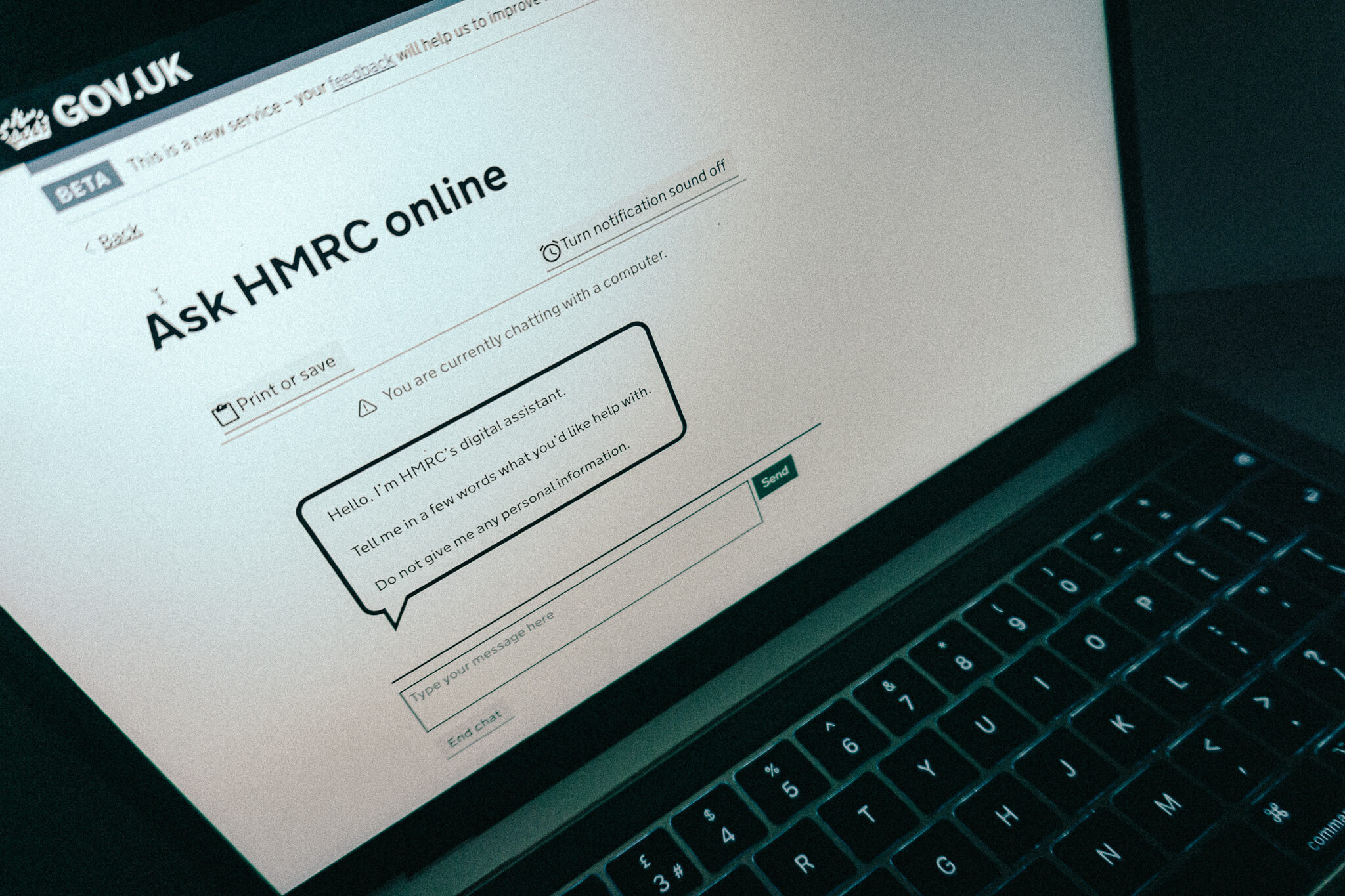NAO report reveals that, following heavy coronavirus-related recruitment, departmental staffing levels may return to 2013 levels
Credit: Got Credit/CC BY 2.0
The Department for Work and Pensions may face a “significant rise” in fraud and error, according to the National Audit Office.
The public-spending watchdog’s just-published “departmental overview” snapshot of DWP’s work highlights the changes forced upon it by coronavirus and the unprecedented demand staff faced when the impact of the pandemic first began to manifest itself in the UK in March. This has resulted in a rise in headcount that could take staff numbers but to 2012/12 levels.
Between March and May this year DWP handled 2.4m new claims for Universal Credit, with requests peaking at 100,000 a day. Late-March claim levels were understood to be around seven times higher than would be normal for the time of year.
To help support this huge spike in claims the department made investments to support increased capacity of the GOV.UK Verify tool. It also opened up access to benefit applications via the legacy Government Gateway IT platform.
But, as a result of the easements introduced for benefit claimants and the use of “some inexperienced staff” to process the wealth of new claims, fraud and error in DWP spending was likely to “increase significantly”, according to the NAO.
Related content
- DWP’s ‘serious IT challenges’ pegged as key cause of disparity in benefits system during coronavirus crisis
- Scottish public sector warned of increased fraud risk
- DWP urged to improve Universal Credit data analytics
The watchdog said that in 2019-20 DWP estimated it had overpaid £4.6 bn of benefits, 2.4% of all benefit expenditure, and underpaid £2bn of claimants’ entitlements, 1.1% of all benefit expenditure.
“This is the highest-ever recorded level of fraud and error in DWP’s benefits,” it noted.
The comptroller and auditor general has qualified DWP’s accounts every year since 1988-89 due to material levels of fraud and error.
Concurrently with the sudden rise in UC claims, more than 20,000 DWP staff – or 25.5% of the workforce – was on special leave due to Covid-19. As of last month, the figure had dropped to around 1%.
According to the Cabinet Office’s most recent annual workforce statistics, DWP had a headcount of 80,790 at the end of March. The NAO said that between April and August this year DWP increased its headcount of administrative officers by about 4,100 and “borrowed” a further 3,000 seconded from other departments and outsourcing firms Capita and Serco.
The NAO said that by November, DWP aims to recruit a further 8,000 staff – made up of 4,500 work coaches and 3,500 full-time equivalent staff in service centres and that by March 2021 the plan is to hire a further 9,000 Universal Credit work coaches.
Figures provided by the NAO show that DWP’s full-time-equivalent staffing levels – excluding arm’s length bodies the soon-to-be-brought-back-in-house BPDTS and the Pensions Ombudsman – decreased progressively from 100,250 in 2011-12 to 72,186 in 2019-20. The 21,100 appointments detailed in the latest NAO report would take staffing levels above 93,000 FTEs, assuming that other staff departures were compensated for, putting the DWP headcount at its highest since 2012-13.
According to the NAO, doubling the number of work coaches at Job Centres by March 2021 and making the buildings safe for face-to-face meetings with service users is forecast to cost £900m during the current financial year alone.



